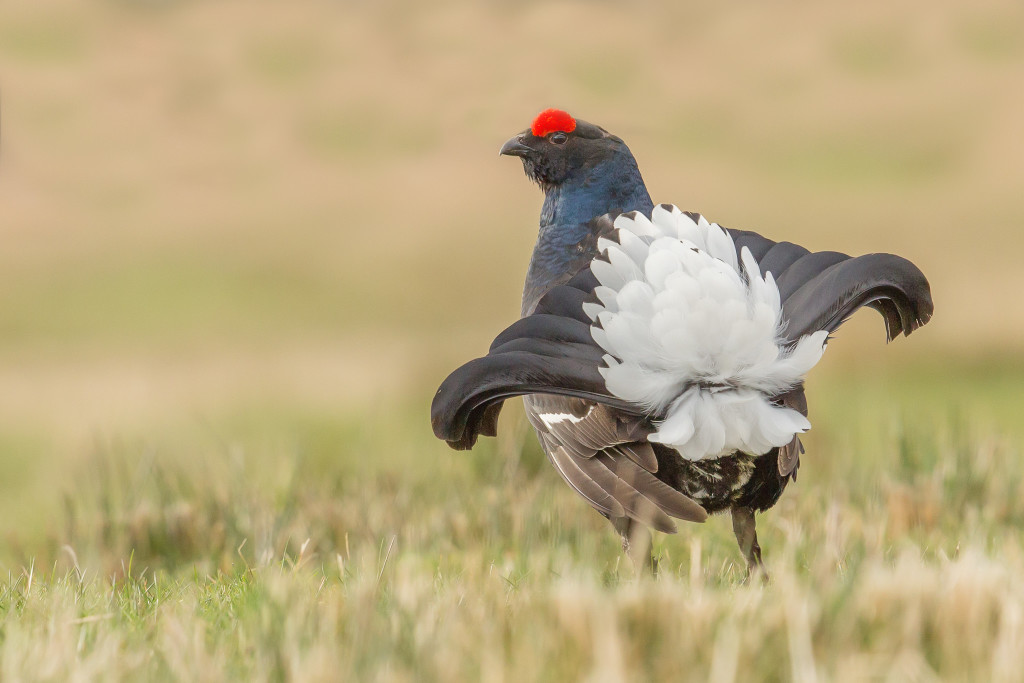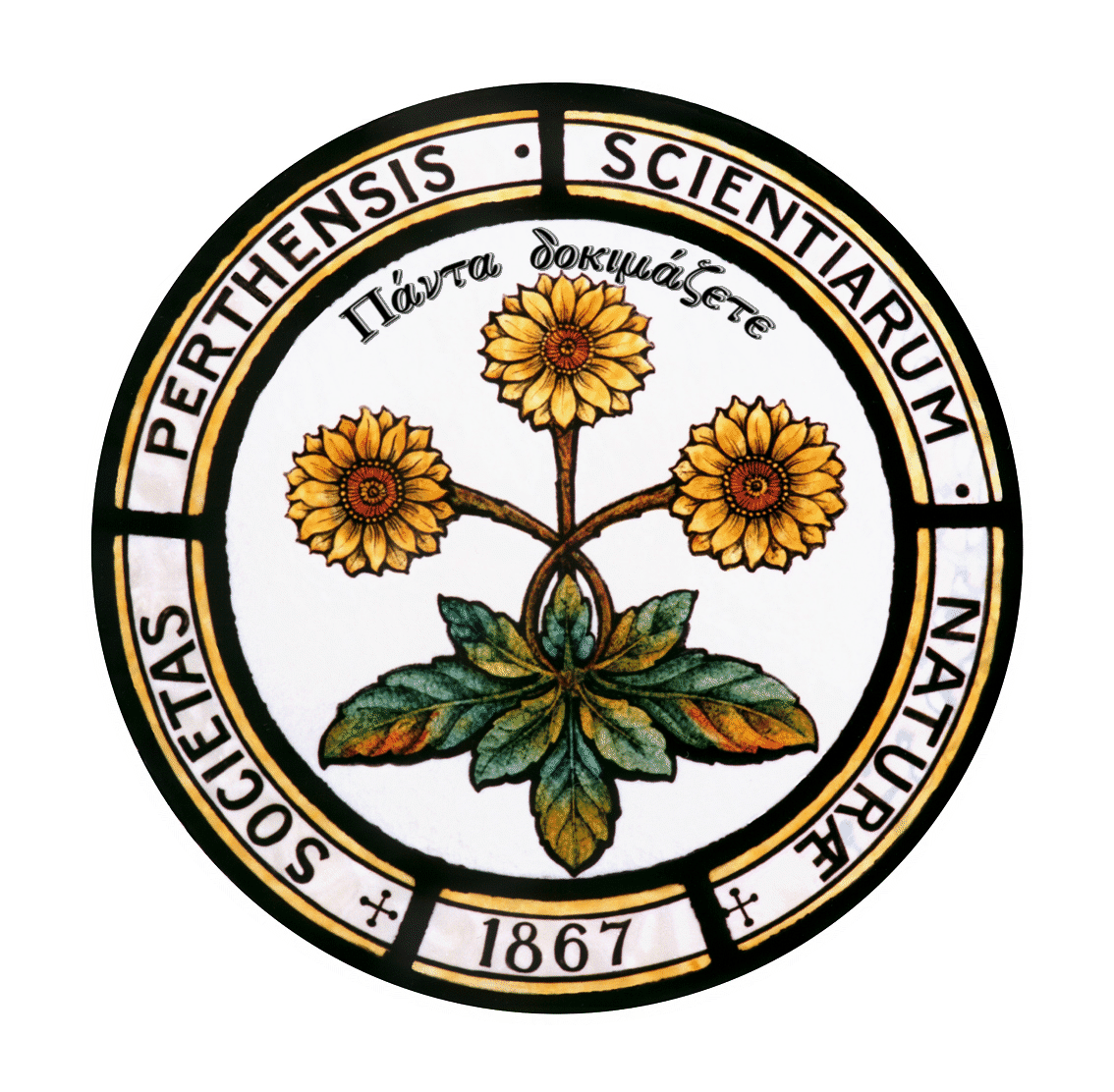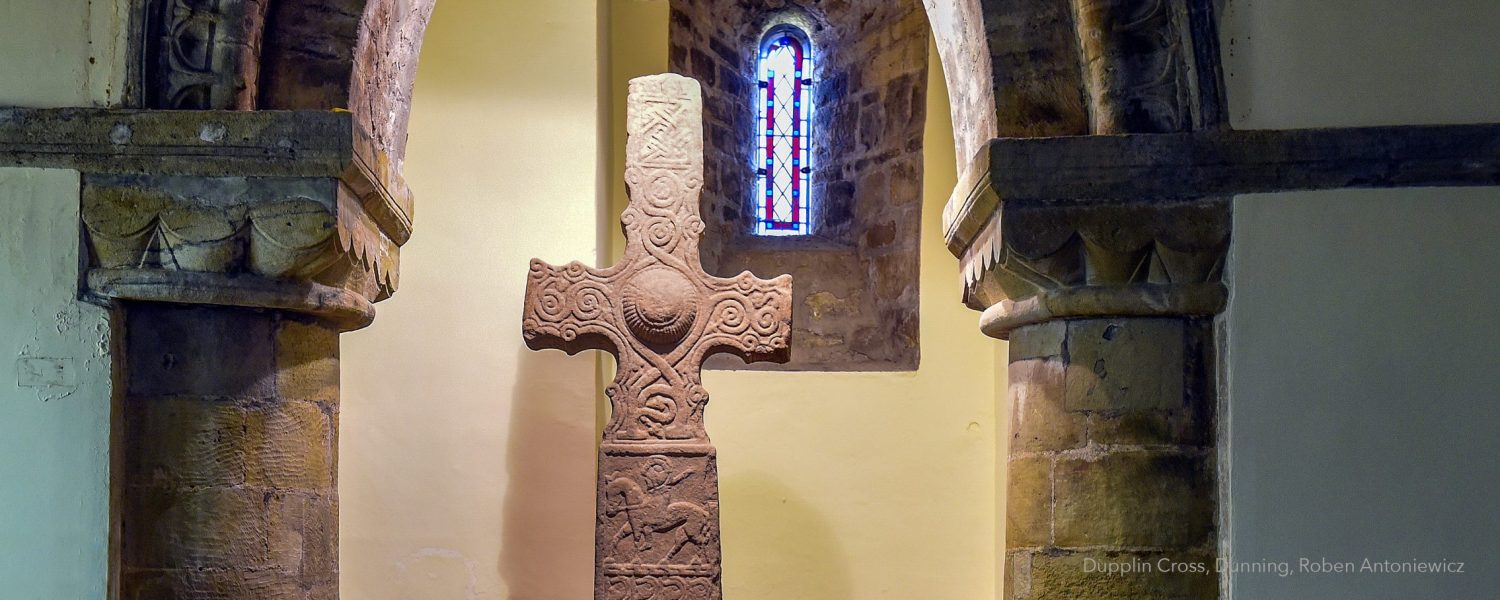Photography Section (Perthshire Photographic Society)

The Society has always had members who were photographers. One of the Society’s founders was Hugh Thomson, a professional photographer. Magnus Jackson, who became Vice President, was renowned for his first-rate landscape, historical and nature photography. His particular interest was in photographing trees and he read a paper to the Society in 1880, entitled Some Remarkable Perthshire Trees.
Today the section is known as the Perthshire Photographic Society and is an active part of the PSNS. Membership is open to those looking to improve their photographic skills and it is a place to meet other local enthusiasts. Members’ interests are wide and include landscape, wildlife, street, art and portrait photography. More information can be found on the Perthshire Photographic Society website.
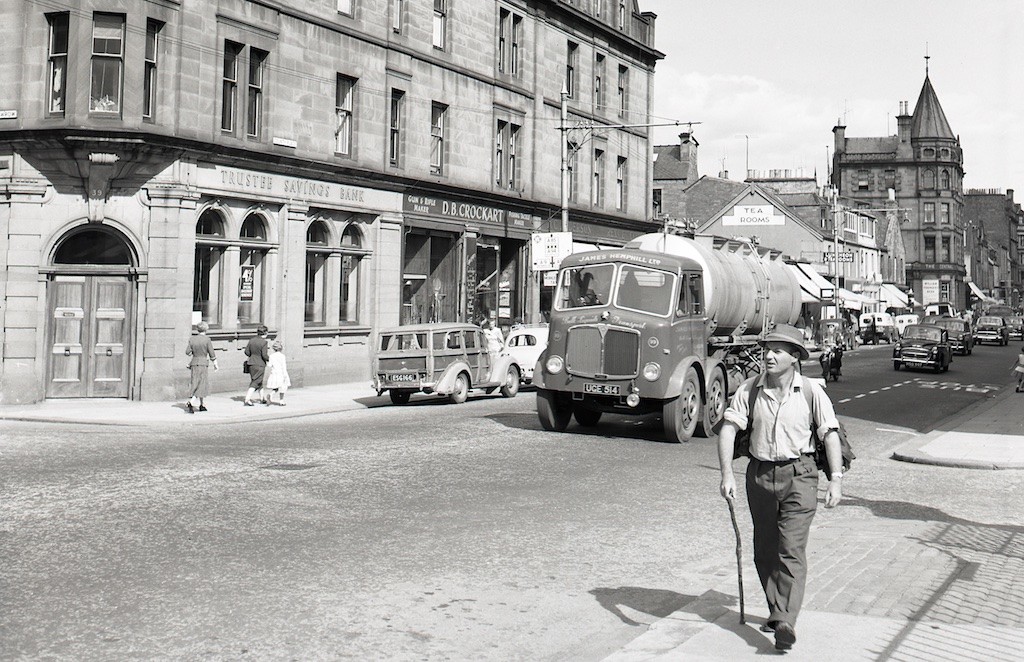

Archaeological and Historical Section
Archaeology has always been an area of interest to members. Charles McIntosh provided information about archaeological finds around Dunkeld. In 1893 Miss Wakeham read a paper on the British Camp on Castle Law. In 1903 Sir Alexander Muir Mckenzie, who owned the estate which included the Roman Camp of Inchtuthil, gave a paper on artefacts found there during excavations. Long serving President and Curator, Henry Coates and Burgh Surveyor, Thomas McLaren would visit the locations of new archaeological discoveries; Coates would take photographs and McLaren would prepare scale drawings.

In 1937 Dr Margaret Stewart, an archaeologist with a PhD on Bronze Age pottery, moved to Perth after marrying John Stewart, a PSNS member. She duly joined PSNS and in 1948 established an Archaeological section. Dr Stewart ran study groups and classes in Archaeology and trained section members in excavation techniques. They excavated at Elcho Nunnery, and the stone circe in Scone Woods as well as at highland ring forts in Strathtummel and Bronze Age burial cairns. Dr Stewart helped establish archaeology groups in Aberfeldy and Crieff.
In more recent years the Section has conducted graveyard surveys and created a standing stone trail. The section’s main activities are its winter lectures and summer excursions to visit historic buildings and excavations.

The Nature Section
In 2022 the former Botanical and Ornithological sections joined forces to create the Nature Section.

The botanists of the Nature Section continue the work begun by the Society in the nineteenth century of studying and recording the distribution of plants in the area. The tradition of regular field excursions continues to increase scientific knowledge and is an opportunity for members to learn identification skills and recording methods.
The plant data is added to national plant distribution projects and databases. Our members work closely with the Botanical Society of Britain and Ireland which has collected plant records since 1836. Their national plant database holds over 35 million records. For example the data recorded by Alan Robson, a former section President, and that of other section members was included in the New Atlas of the British and Irish Flora, published in 2000. The distribution and abundance data gathered allows comparison with the past and the information is vital in developing new conservation plans for the future.

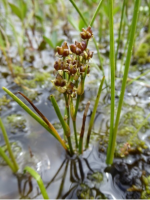
The study of birds has always been a major interest of the Society and many members and supporters donated bird skins for the museum’s collections during the Society’s first fifty years. The Ornithological Section was formed in 1963 by Valerie Thom, a well-known Scottish ornithologist and author of Birds in Scotland.
Section members recorded their local bird sightings and published the information in a regular bulletin until 2012. The bird records were submitted to local and national bird surveys such as wildfowl counts and the British Trust for Ornithology Bird Atlas. Members are now encouraged to make use of national recording forums such as the online BirdTrack.
The Nature Section runs field trips and a winter lecture programme with contributions from outside experts and its own well-travelled members.
